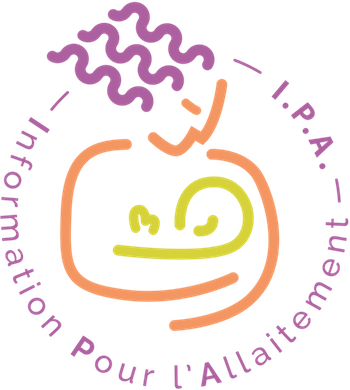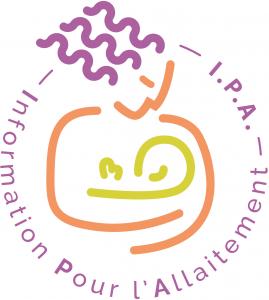Catégories
Documents disponibles dans cette catégorie (19)
 Ajouter le résultat dans votre panier Faire une suggestion Affiner la recherche
Ajouter le résultat dans votre panier Faire une suggestion Affiner la recherchetexte imprimé
"Ce précis de pratique clinique a été conçu pour assurer le soutien des professionnels qui accompagnent les familles souhaitant allaiter leur enfant. Le groupe d'auteurs (pédiatre, gynécologue, nutritionniste, pharmacien, puéricultrices, sages-f[...]Article : texte imprimé
Article : texte imprimé
Asuman Coban, Auteur ; Sema Bayraktar, Auteur ; Yidiz Nevin, Auteur |Introduction There is limited information about problems of feedback inhibition of lactation which should be considered as a rare cause of breast engorgement. We report the management of excessive breast engorgement in a mother with a presumpti[...]Article : texte imprimé
Vladimir I. Ilyin, Auteur ; Nikolay P. Alekseev, Auteur ; Mike M. Troschkin, Auteur |Background: Breastfeeding is the best source of food for the newborn. In a situation wherein it is not possible to breastfeed a baby, it may be necessary to express milk from the mother's breast using a breast pump. To achieve lactation success [...]Article : texte imprimé
Tamara L. Ureno, Auteur ; Cristóbal S. Berry-Cabán, Auteur ; Ashley Adams, Auteur ; Toni L. Buchheit, Auteur ; Susan G. Hopkinson, Auteur |Introduction: Dysphoric milk ejection reflex (D-MER) is emerging as a recognized phenomenon to describe an abrupt dysphoria, or undesirable feeling that occurs with the milk ejection reflex (MER) and then goes away after a few minutes. The purpo[...]Article : texte imprimé
Elizabeth V. Asztalos, Auteur ; Alex Kiss, Auteur ; Orlando P. daSilva, Auteur |Background Galactogogues are often considered when mothers of very preterm infants experience challenges in producing adequate amounts of breast milk. We conducted a per-protocol analysis of those mothers who completed a 14-day course of domper[...]Article : texte imprimé
Kazushi Yashima, Auteur ; Taku Obara, Auteur ; Fumiko Matsuzaki, Auteur |Introduction: Evaluation of the safety of taking lamotrigine (LTG) during lactation in breastfed infants varies according to the information sources. As it is possible that prescribers may avoid prescribing LTG despite of it being one of the ess[...]Article : texte imprimé
SE Daly, Auteur ; JC Kent, Auteur ; Pe Hartmann, Auteur |The effect of the temporal spacing and degree of milk removal by either expression or breastfeed on short-term (hour to hour) rates of milk synthesis was investigated. For four expressing mothers (three of whom had given birth prematurely), the [...]texte imprimé
Muriel Ighmouracène, Auteur | 2014"Vais-je allaiter mon enfant ? Dès la grossesse, cette question se pose à toutes les mamans. Si 50% d'entre elles allaitent, cette pratique suscite encore aujourd'hui de nombreux questionnements et apriori. Organisé chronologiquement, depuis le[...]Article : texte imprimé
Alicia Taylor, Auteur ; Gabrielle Logan, Auteur ; Laurie Twells, Auteur ; Leigh Anne Newhook, Auteur |Background: Insufficient milk production is among the most cited reasons by mothers for discontinuing breastfeeding. Medications that can increase milk production, such as domperidone, an off-label galactagogue, are often prescribed. Domperidon[...]Article : document cartographique imprimé
DT Ramsay, Auteur ; JC Kent ; L Mitoulas, Auteur ; DA Doherty ; Pe Hartmann ; MD Cregan, Auteur |Currently there is no simple method available to assess milk ejection and breast milk flow in lactating women in both the clinical and research setting. The authors hypothesize that changes in milk flow rate are associated with milk ejection and[...]texte imprimé
Article : texte imprimé
Elise N. Erickson, Auteur ; Sue Carter, Auteur ; Cathy L. Emeis, Auteur |Background: Maternal milk production requires the neuropeptide oxytocin. Individual variation in oxytocin function is a compelling target for understanding low milk production, a leading cause of breastfeeding attrition. Complicating the unders[...]














